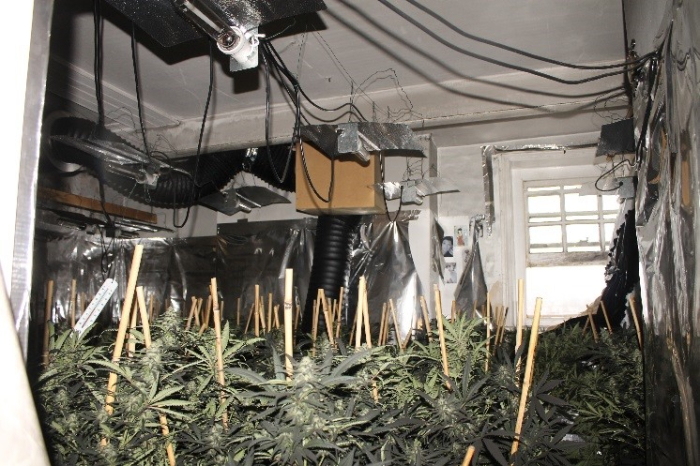Our Senior Consultant, Steve Bennett, was appointed to carry out a joint inspection of the forensic electrical evidence obtained from the premises following a serious fire at a dry cleaners and first floor flat in Dorking, Surrey. It was claimed by the solicitor of the insurance company who insured the property that the fire started as a result of a fault on electrical equipment which was introduced when our client, who is a major energy supplier carried out alterations to the electricity supply.
The owner of the property rented out the ground floor to a dry cleaning business and the upstairs flat as a private domestic dwelling to two separate tenants. During August 2014 the tenant of the dry cleaners requested to the landlord that the electricity meter for the flat, which was located inside the dry cleaners, be re-located to the upstairs flat as the current arrangement was not convenient for him.
The owner of the property contacted our client, and the meter was relocated into a cupboard in the upstairs flat the following month. This involved our client moving the meter and their sub-contractor installing the new rising main to the flat and making the final connections. Approximately 8 months later the fire brigade were called to the property to tackle a fire with the police in attendance. On entering the property the police discovered that the flat had been converted into a facility for growing what appeared to be large number of mature cannabis plants.
A joint inspection was conducted with a number of experts working on behalf of the insurance company and our client’s sub-contractors.
Although there was evidence that the electricity meter in the upstairs flat had been bypassed to steal electricity and a large number of high power electrical lights had been installed to facilitate the growing of the plants, the initial opinion of the other experts was that the fire probably started due to a poor connection of the rising main cable in the dry cleaners.
During the joint inspection it was observed that the rising main cable showed signs of resistive heating likely to be caused by a poor connection carried out by either our client or one of their
sub-contractors.
It was also noted that the main incoming supply fuses to the premises showed signs of being tampered with, and had possibly been linked out. Although the experts all agreed that these fuses had probably been tampered with, the general consensus by the other experts was that the fire had started due to a poor connection of the rising main cable in the dry cleaners by our client or their sub-contractors.
Mr Bennett carried out an in-depth load analysis based on the number of additional electrical lights, the setting of the timers used to automatically turn them on and off, and the likely size of the original supply fuse for the flat. He concluded that the original fuse in the upstairs flat was likely to have been increased in size by the occupier or their associates to prevent it rupturing. He also concluded that although the additional lighting load was still in excess of the uprated fuse, it would have still not ruptured due to the cycling of the lighting by the timers.
On close examination of the remains of the main incoming fuses to the dry cleaners, Mr Bennett concluded that it was highly likely that the fuses had been shorted out with pieces of wire to prevent them rupturing due to the additional lighting load, and that as a result the blades of the fuse carriers would likely to have made a poor connection which would have created heat.
He also observed signs of arcing between the electrical cables in the vicinity of the main incoming fuses, whereas the new rising mains cable to the flat showed no signs of electrical arcing. Electrical arcing occurs when cable insulation melts and the cable cores come into contact with each other whilst energised. Mr Bennett concluded that as there was no signs of arcing on the rising mains cable the electrical supply must have been disconnected when the fire caused the cable insulation to melt. As there was signs of arcing at the mains supply cables, then this would indicate that these cables were live and the insulation had melted causing the live conductors to touch. This would have caused the main incoming fuses to rupture disconnecting the electrical supply to the premises and the rising main cable to the flat.
Mr Bennett concluded that the fire must have started in the vicinity of the main incoming supply fuses rather than as a result of a possible poor connection by our client or their sub-contractors of the rising main cable to the flat.
The case settled to the satisfaction of the instructing party at a pre-trial mediation.

